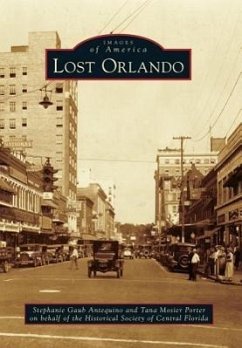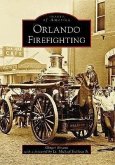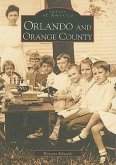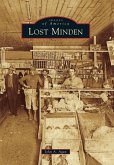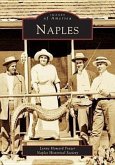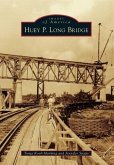Orlando amounted to little more than scattered log cabins in the pine forest when Orange County established it as the county seat in 1857. One of the earliest buildings was a log hotel, indicating Orlandos future as a tourist destination. After its incorporation in 1875, wood-frame structures replaced the log cabins, and prosperous citizens built large houses around the developing government and business center. By 1900, as Orlando recovered from the economic disaster of the Great Freeze of 1894 and 1895, brick construction replaced wood frame as once pretentious houses close to the central city were torn down to make way for modern business blocks. As residences moved to less congested neighborhoods, schools and churches followed. From its beginning, people arrived in Orlando to prosper and build. Those men and their buildings are gone, but the history of the city is richer because of their presence. Orlandos story can be traced through the continuing cycle of constructing, demolishing, and rebuilding anew.
Hinweis: Dieser Artikel kann nur an eine deutsche Lieferadresse ausgeliefert werden.
Hinweis: Dieser Artikel kann nur an eine deutsche Lieferadresse ausgeliefert werden.

